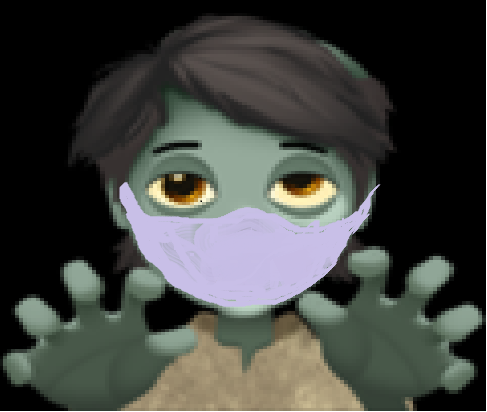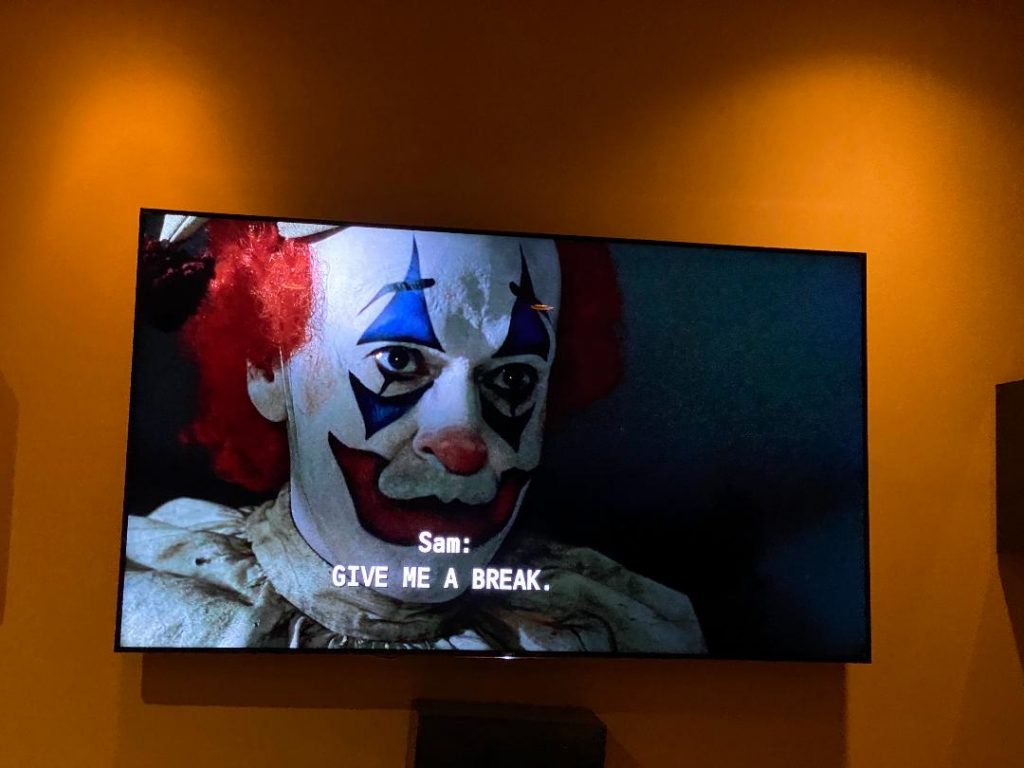Halloween 4: The Return of Michael Myers”, anyone? The original “Halloween” follows. AMC is running Halloween movies all day until about midnight when it segues into “Fear the Walking Dead.” SyFy is cranking through various Nightmares on Elm Street. until “Chucky” at 10:00 PM which is followed by “Zombie Tidal Wave.” I have the option to watch “Zombie Tidal Wave” right now if I wish.

Channels that are not in full Hallowfest yet are saving their offerings for evening. Freeform has Hocus Pocus, a lighter offering with Bette Midler at her cult classic best. I confess I haven’t seen “Boo! A Madea Halloween.”
I love zombie movies. Dawn of the Dead captured the fundamental element of a plague perfectly: “Every Dead Body That Is Not Exterminated Becomes One Of Them. It Gets Up And Kills! The People It Kills Get Up And Kill!” Zombie movies and TV shows often capture the best and worse of humans, and may raise critical thinking questions that appeal to our kids. Are we always obliged to try to rescue innocent victims? What if fifty zombies surround Fred? At what point do we walk away from Fred, who has become trapped in his Subaru in the traffic jam on the bridge?
Eduhonesty: No one could call me unusually squeamish. I binge-watched the series “Hannibal” right before it left Netflix. I used to watch Criminal Minds with my adolescent daughters, all of us under warm blankets together on the couch until we decided the series had gotten too fond of trying to top last week’s gore and body count. I watched “Saw” movies with one kid, the same kid who also bought the DVD for “Killer Klowns from Outer Space.”
Why the details on my viewing habits? Because maybe when I push the guide button on the remote and think, “Damn, this is not good for kids,” I am right. The tradition of scary movie month was established years back, and I am all for carving pumpkins, eating candy and taking in a scary movie or two. Or three. I’m just not sure exactly where to draw the line on the October frightfest. I am sure a line is needed, however.
I want to throw out a few thoughts on today’s gore fest as we count down to Halloween: 1) Both 2020 and 2021 have been rough years. Film zombies today might seem more realistic to our kids than they did in 2019, even zombies in grainy black and white. It’s much less threatening to watch scary movies when you personally feel safe and secure. 2) The fight, flight, or freeze hormones we metabolize quickly in peaceful times can take much longer to process and eliminate when stress levels are already high. If a kid starts the movie stressed, that kid may have no chance to wind down before bedtime. 3) Year by year, phone saturation increases. Many phones are functional televisions, so it’s easy for some kids to sneak in a couple of extra hours of TV. 4) New content providers keep popping up and there’s always YouTube. 5) Seasonal films are competing with shows designed to inspire fear. Multiple flavors of “The Walking Dead” are only a start. Midnight Mass anyone?
I’ve written before about my belief that many of today’s ADHD diagnoses are misdiagnosed anxiety disorders. ADHD and anxiety disorders also often coexist as well, and ADHD may be flagged before anxiety, behaviors being more apparent than emotional states. Regardless, the percentage of anxious children has been rising rapidly in the recent past. “According to the National Institutes of Health, nearly 1 in 3 of all adolescents ages 13 to 18 will experience an anxiety disorder. These numbers have been rising steadily; between 2007 and 2012, anxiety disorders in children and teens went up 20%.” (Anxiety in Teens is Rising: What’s Going On? – HealthyChildren.org) Anxious children in particular may struggle more during the annual scary movie marathon.
As someone who spent years of her elementary school childhood waiting for lightening to begin flashing in the corner of her room before somehow making her disappear, I’d like to post this caution: Imaginative kids believe in Santa Claus and the Easter Bunny for years. For that matter, some adults today believe government boogeymen are chipping and tracking them for unknown, experimental purposes. Anxiety pervades US society.
While I hate to make more concessions to COVID times, I’d like to make a few recommendations for readers:
- I’d suggest capping the time spent on scary movies and shows in the next few weeks. I’d also suggest vetting films ahead of time. Here’s a site that may help: Search Page | Reel Scary
- Search Page | Reel Scary takes input from readers. Your older kids might like this site and could add to its content. Teaching our kids to study the dangers posed by the light socket before jamming their fingers inside helps everyone.
Teachers, the scary movie topic is brimming over with social/emotional lesson content that’s useful in the classroom and life. Those teachers lucky enough to have the flexibility can teach students to step outside movies to look at social context in films, at characters and their backgrounds. Teachers can help students to recognize and discuss the the social values that allow us to predict film events. Younger students might watch Halloweentown or Paranorman.
If possible, I ‘d work this movie unit into my October lesson plans. Movies are perfect for reinforcing the elements of a plot and can be used for a variety of social science topics. But I’d also be putting together this unit with an alternative agenda that dovetails with many curricular targets: Our kids should be given time to reflect on the effect of fright night after fright night. The excitement of The Sandman followed by Chucky and Scream 4 — what exactly does that do? The answer will vary from one child to another. Our kids will benefit from separating themselves from the crowd and recognizing exactly how horror, gore, and suspense affect them personally.

Thank you for reading. Hugs, Jocelyn Turner
